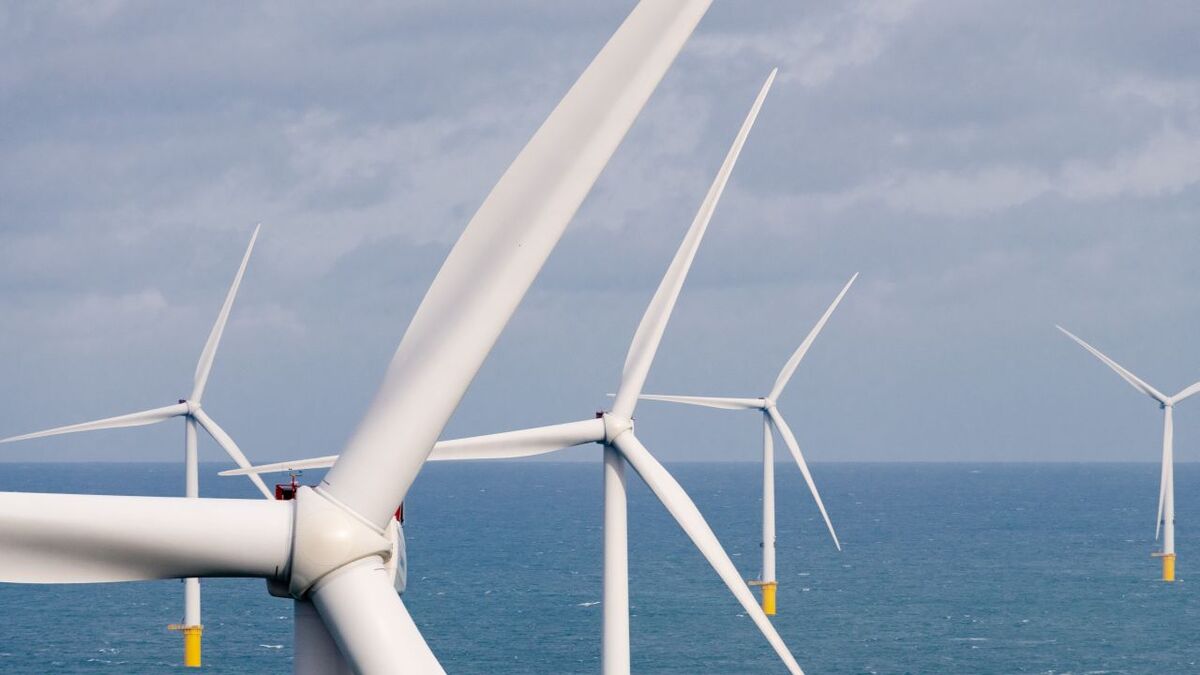In 2023, offshore wind, onshore wind and solar PV accounted for nearly 91% of the allocated volume of renewable energy (source: Vestas)
More than 100 GW of renewable energy capacity is expected to be tendered worldwide in 2024, with more than 60 GW to be offshore wind, according to analysis in a report from from Wood Mackenzie
Wood Mackenzie senior research analyst Ana Fernandez Garcia said, “Government tenders are a primary support scheme for renewable energy deployment across the world. Tenders have increased each year, and Wood Mackenzie expects to see some big rewards in 2024.
“The EMEA region will hold more than 50% of expected tenders, mostly for offshore wind capacity. Individual major markets, such as China, will continue to dominate.
“So far, Germany has announced renewable energy rounds for 25 GW for this year, and China is at 17 GW in offshore wind.”
Wood Mackenzie said in 2023, 137 GW of renewable energy capacity was awarded globally through government tenders. This was a 10% increase year-on-year, despite sector cost headwinds, logistics tensions and the energy crisis. Offshore wind, onshore wind, and solar PV account for nearly 91% of the allocated volume. The remaining 9% was awarded to hydro, biofuel, geothermal, solar thermal and tidal technologies.
“Onshore wind capacity awarded in tenders rebounded in 2023, but it was overshadowed by a drop in solar PV,” said Ms Fernandez Garcia. “The higher share of wind was caused by increased competitiveness and policymakers’ interest in boosting its deployment as a key industry for job creation and economic development. A great example of this is the EU’s Wind Action Plan.”
Solar PV capacity was the most awarded through government tenders, accounting for 44% of the total volume with 61 GW, dropping from a 59% share in 2022. It was followed by onshore wind with 24%, or 34 GW, while offshore wind accounted for 23% (31 GW), growing for the third consecutive year.
The Asia Pacific region received 67% of the contracts at approximately 90 GW, keeping the leading position, followed by EMEA at 37 GW (27%), while almost 10 GW was allocated in the Americas (7%), stated Wood Mackenize.
In terms of capacity awards, China led the way in 2023 with more than 55 GW allocated through 49 renewable energy tenders. India awarded 20 GW over 55 tenders, followed by Germany, which awarded 19 GW through 11 rounds.
“Tenders have been the main driver for wind and solar development since mid-2010s,” said the company, “and they will stay the primary route in emerging markets to boost development. In the largest markets, while regulated tenders will compete with power purchase agreements and merchant power sales as the routes-to-market, governments will still need to rely on tenders to guarantee their decarbonisation and energy independence goals,” said Ms Fernandez Garcia.
Wood Mackenzie noted that renewable energy tenders are experiencing two opposing trends. While the offshore wind energy sector has witnessed intense competition resulting in subsidy-free tenders with even negative bids, onshore and solar PV energy tenders have gone undersubscribed. The lack of interested bidders led to 30% of the volume being tendered unallocated in 2023, but zero bidding has also led to cancelling contracts later in the developing phase of the projects, stated the report.
“Both situations put renewables deployment at risk and illustrate the need for tender design reform,” said Wood Mackenzie, which expects an increase in ceiling prices in 2024, and that non-price criteria will play a growing role.






